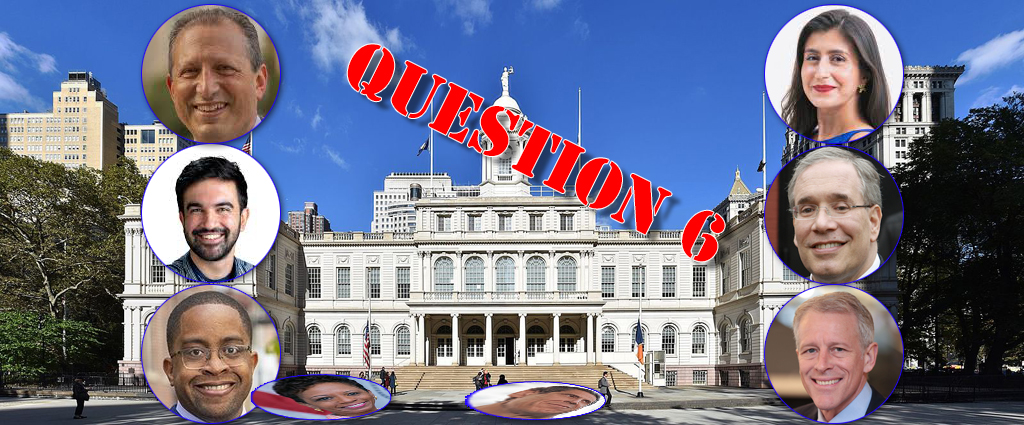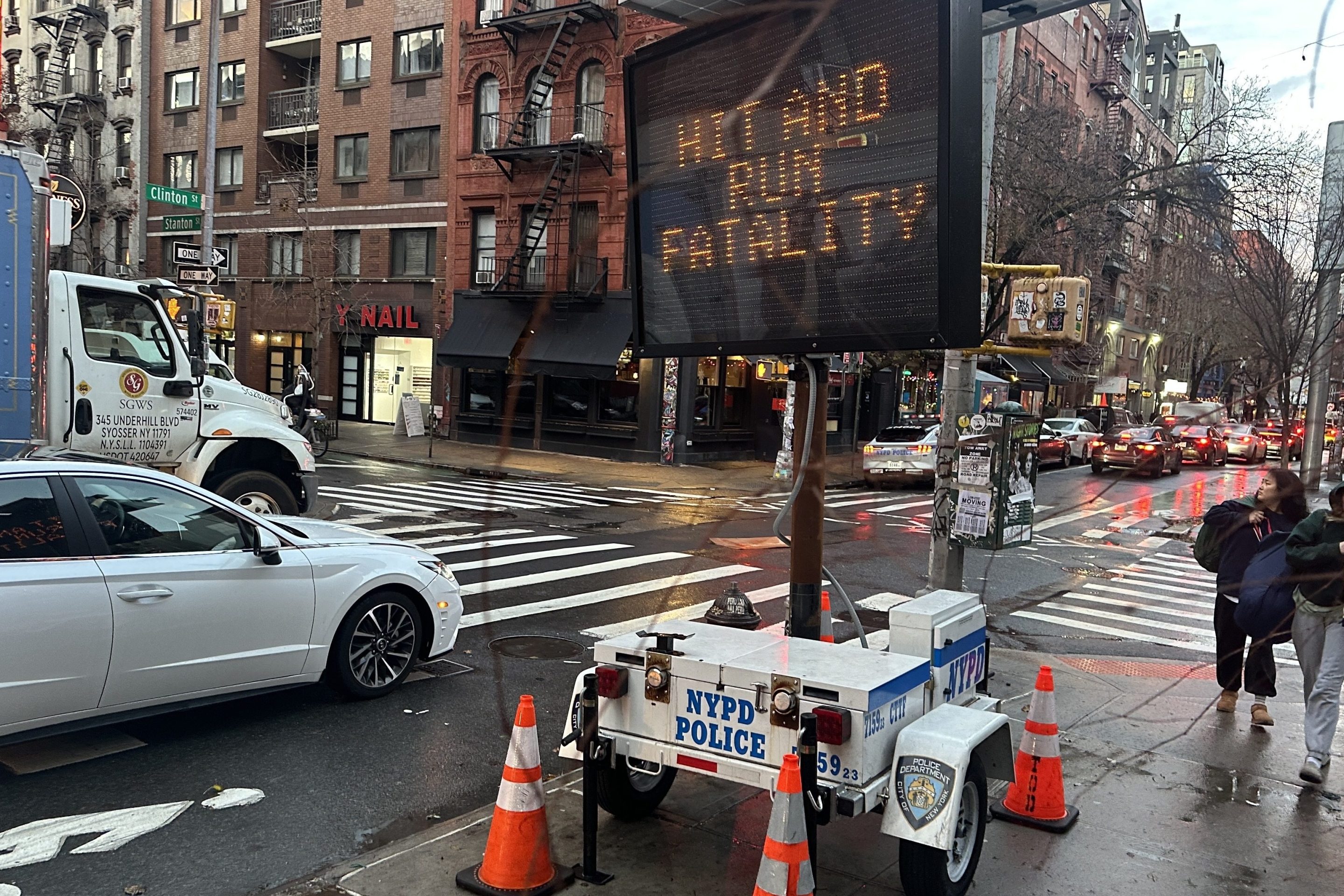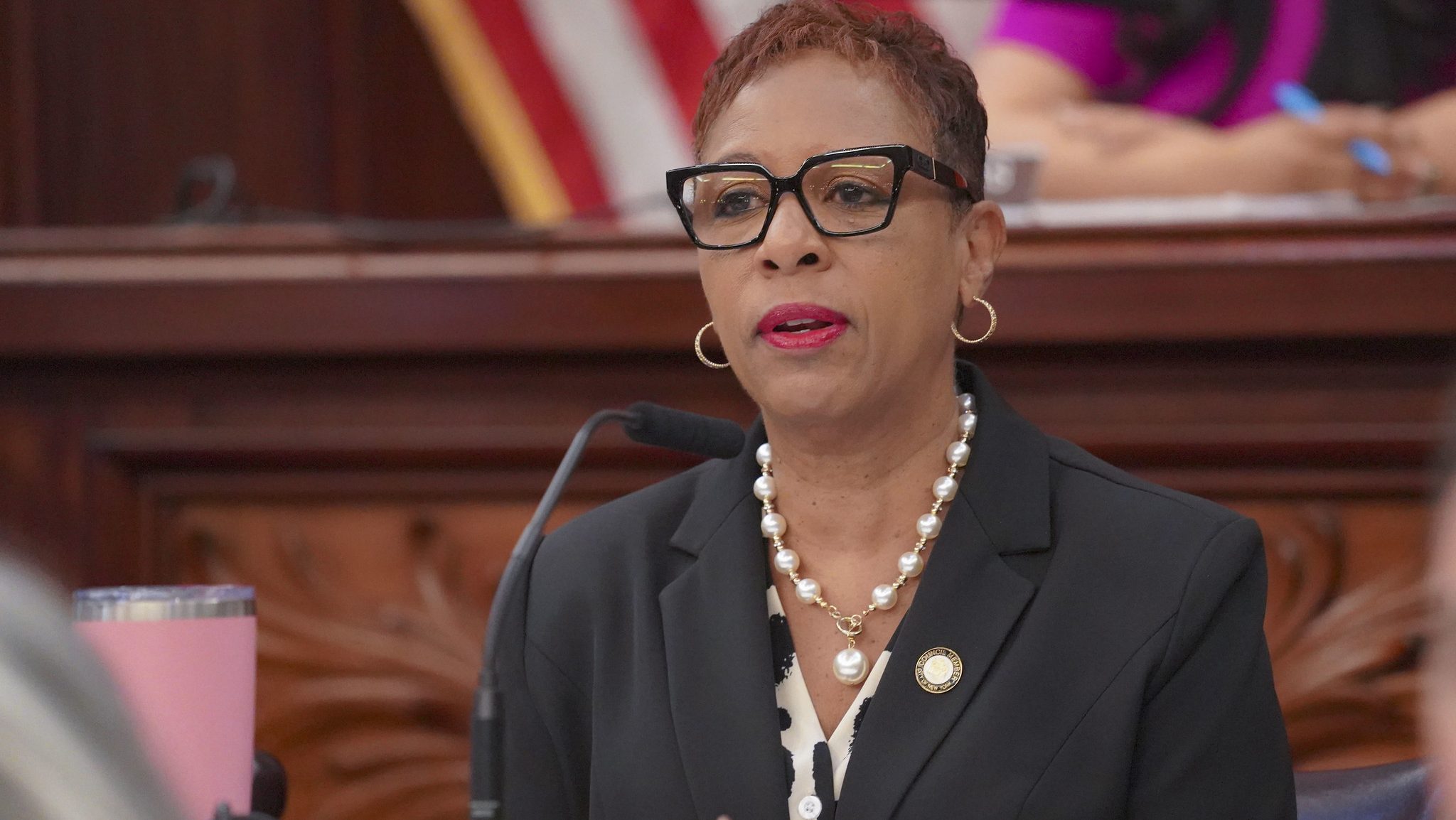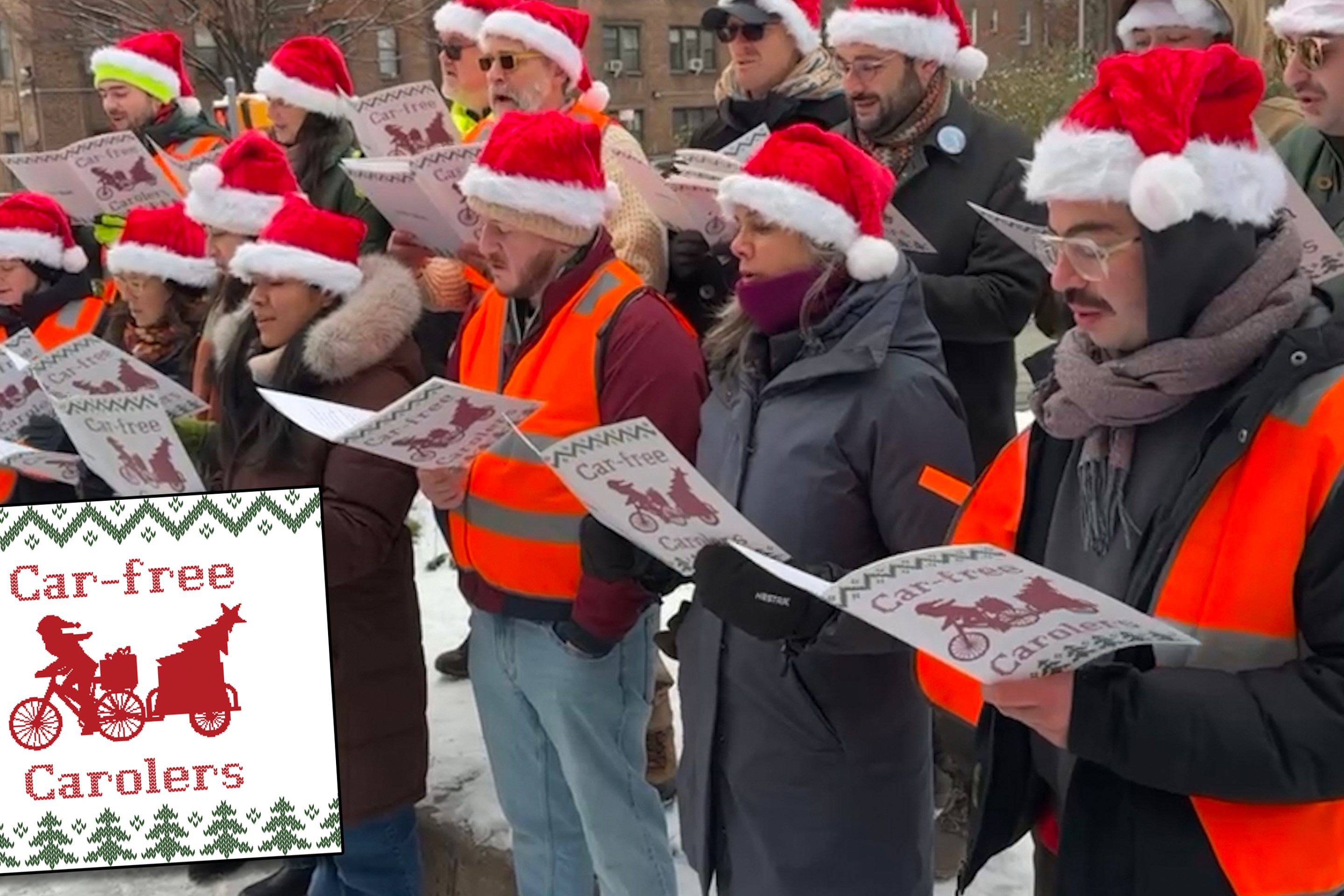
Streetsblog is rolling out the top candidates' answers to our eight-question campaign questionnaire. All of the questions and answers will be posted here, and each day's question will feature the full answers in two forms: the text is not only below but plotted on a matrix graded by a panel of livable streets movement experts. Remember, candidates make many promises, so rather than grade the answers on dreams, we also added in a "reality" category so readers can judge if the candidate actually has a plan for achieving his or her promises. Don't worry, there won't be a test later: we'll recap all the answers on an uber-matrix later in the month.
Question 6:
Scott Stringer, former Manhattan Borough President and City Comptroller
The solution is clear: we need to invest in the massive expansion of protected bike lanes, so cyclists have a dedicated and safe space to traverse the streets, instead of feeling the need to utilize space designated for walking. Although I do plan to put regulations on certain electric bikes in place – safety is my focus. By expanding protected bike lanes and implementing daylighting, we will enable cyclists to feel safe traversing our streets and give pedestrians the tools and the visibility to protect themselves from traffic of all kinds.
Part of my plan will also be to encourage last-mile deliveries to be done by bicycle rather than trucks when possible. This would reduce the number of trucks on the street, expand opportunities for delivery workers, reduce the city's carbon emissions, and incentivize private investment in cycling infrastructure, alleviating the burden on taxpayers while making the city work for them.
Zellnor Myrie, state Senator from Brooklyn
I have long supported the NY Ride Clean Rebate Coalition’s bill (currently S1047) that would establish 50-percent rebates for anyone purchasing an e-bike. Additionally, New York should expand existing e-bike infrastructure. Existing battery swapping and public charging pilots have been steps in the right direction.
Enhanced street safety can be accomplished through several strategies. The best way to promote better street safety is through more robust street designs that better separate bikers, pedestrians and drivers. As mayor, I would fully implement the Streets Master Plan and construct 50 miles of protected bike lanes annually.
Jessica Ramos, state Senator from Queens
Our streets are workplaces for thousands of New Yorkers, including delivery workers who deserve the same commitment to occupational safety as any other worker. When the state legalized e-bikes, it left municipalities responsible for integrating micromobility into their streetscapes, but Mayor Adams has failed to take this seriously.
We need bike lanes designed to safely accommodate both analog and e-bikes, clear signage, and safe battery storage solutions. The NYPD must also receive proper training to accurately distinguish between different e-bike classifications. It’s time to prioritize the safety of riders and pedestrians alike while embracing e-bikes as a vital tool for reducing car dependency.
Brad Lander, City Comptroller
With the legalization of micromobility vehicles in New York State in 2020, the rapid rise of app-based food delivery companies, and the proliferation of low-cost vehicles and batteries, tens of thousands of New Yorkers have embraced micromobility options as an affordable and low-carbon way to get around. However, New York City’s regulatory regime, enforcement efforts, and infrastructure have failed to keep pace with the influx of these vehicles.
My comprehensive and strategic approach would create more predictability on city streets and ensure fast-moving two-wheeled vehicles operate safely and legally. The plan calls for cutting off the supply of unsafe and illegal vehicles, establishing a city-administered licensing program for app-delivery companies, and enhancing accountability for riders who violate traffic laws through more predictable, consistent enforcement. That’s why people with disabilities, seniors, safe streets advocates, and delivery workers — the kind of broad coalition necessary to bring about a shift in rules, culture, and behavior — hailed the plan.
As part of that plan, I will build out the city’s protected bike infrastructure to make it safer and easier for everyone to bike, including workers who depend on cycling to support themselves and their families. I support stricter regulations for the heaviest e-bikes, which can travel at higher speeds and are more likely to injure both riders and pedestrians. Many of the e-bikes speeding on city streets have been imported and purchased illegally and do not meet bare minimum product safety standards. As Mayor, I would dedicate additional resources to the city agencies tasked with investigating and shutting down e-bike retailers selling illegal and substandard products to make sure these devices never enter the city in the first place.
I also call on the state legislature to pass bills like S1164 to double penalties against moped retailers illegally branding their products as e-bikes to bypass insurance and registration requirements. I also understand that the solution to the moped and e-bike safety issues on our street are directly intertwined with and dependent on strengthening worker protections and regulating e-commerce/food delivery apps. So I will champion the creation of a city-administered licensing program that regulates app-based delivery companies and holds them accountable for the labor and street safety impacts of their business model.
Finally, I support the city’s shared e-scooter program which creates critical last-mile connections to the city’s bus and subway network, especially in areas of the city that are severely lacking in transit infrastructure. In recent expansion areas that have seen marked surges in ridership even during winter months, I will focus first and foremost on ensuring the existing program is well-managed and maintained, strengthening Lime’s “parking wardens” and feedback mechanisms to track down misplaced and broken e-bikes. I will take a data-informed approach to expanding and strengthening the program, with an emphasis on advancing transit equity in underserved neighborhoods while ensuring the transportation alternative does not lead to unsafe or inaccessible streets.
Zohran Mamdani, Assembly Member from Queens
E-bikes are an important transportation mode, and one that will only become more popular. We know that when individuals have access to an e-bike, they are very likely to use it for trips that would otherwise be made using a personal vehicle. This mode shifting is crucial to ensuring a sustainable future for our cities.
Subsidizing e-bike purchases is a policy my administration would support. This must be done in tandem with ensuring safety. Right now, billion-dollar app companies create unsafe conditions for e-bike riders and other New Yorkers walking and biking. Delivery workers keep this city running by supplying groceries, meals, and medications 24/7, yet they are forced by these companies to complete deliveries at break-neck speeds. My administration will ensure we use every tool to regulate the companies which create these working conditions. This must be paired with rapid expansion of the city’s protected cycling network to ensure we have the infrastructure needed to keep everyone safe.
Whitney Tilson
Electric bikes are here to stay, but we cannot continue with the present free-for-all on our streets. Currently, too many e-bikes endanger cyclists and pedestrians, especially older New Yorkers and parents with young children. I would cap e-bike throttle capacity at 20 mph, and require all drivers to be registered and insured, putting the onus on the companies employing them to comply.






